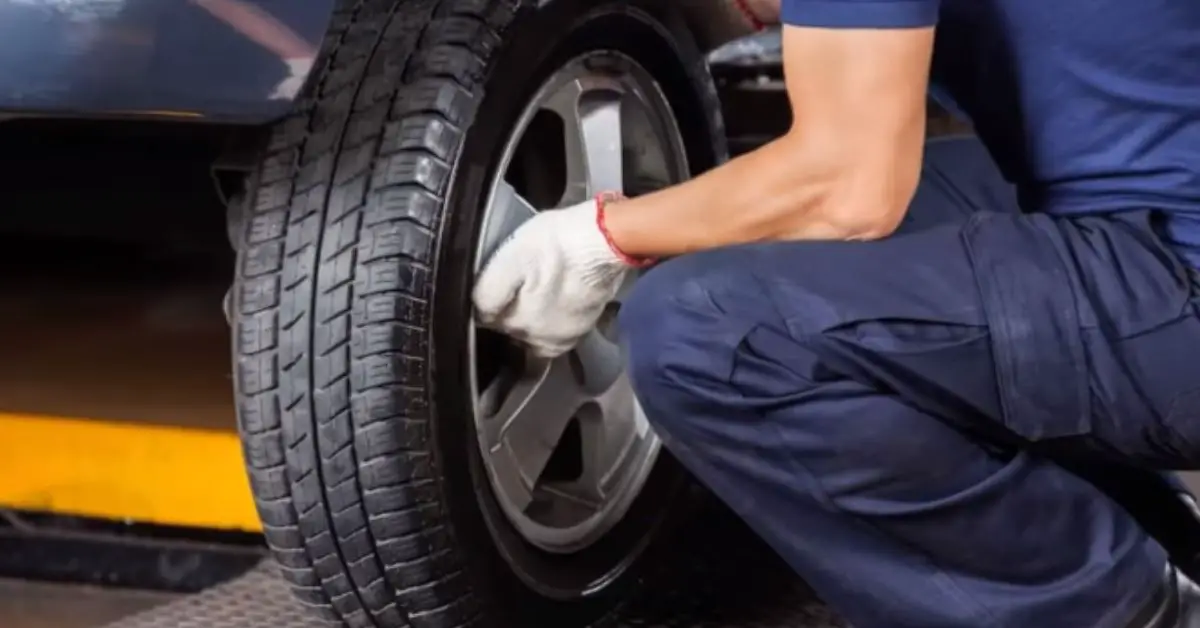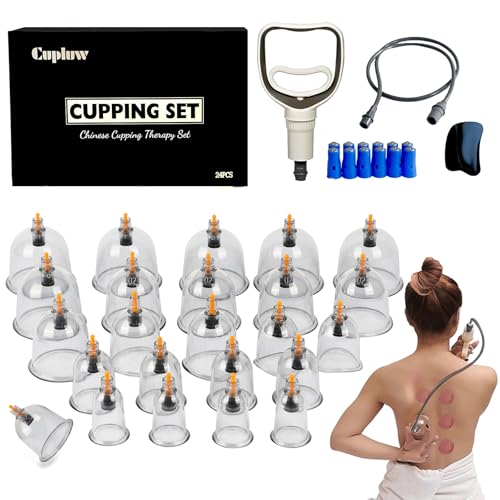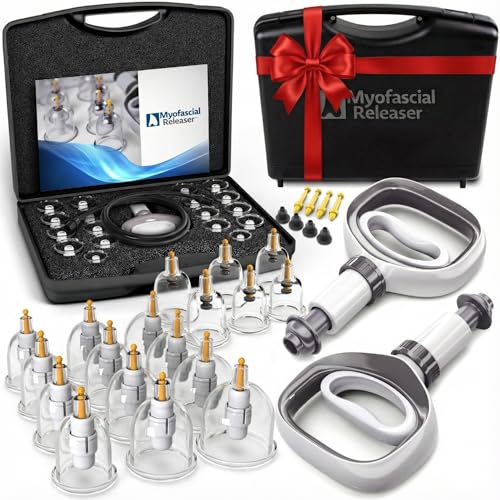Noticed your tires wearing unevenly with a bumpy, scalloped pattern? That’s tire cupping, and it can affect your vehicle’s performance and safety. Understanding how to fix tire cupping is crucial to maintaining a smooth ride and extending the life of your tires.
In this article, you’ll learn the common causes of tire cupping and the steps you can take to address the issue. From checking your suspension system to ensuring proper tire inflation, we’ll guide you through the necessary actions to get your tires back in shape. Don’t let tire cupping compromise your driving experience; let’s dive into the solutions.
Understanding Tire Cupping
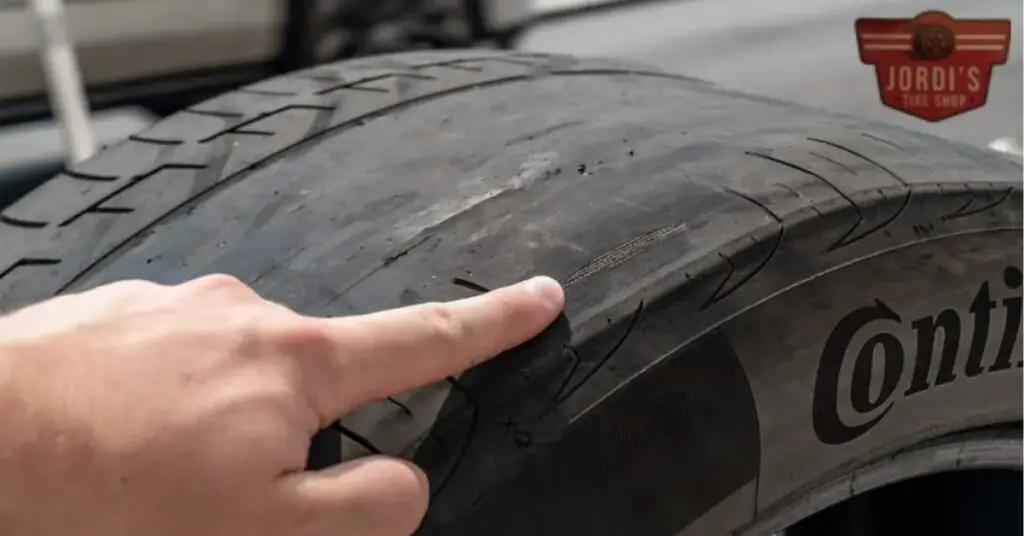
Tire cupping, characterized by uneven wear forming a scalloped pattern, affects vehicle performance. Understanding the root of the issue is essential to address it effectively.
What Is Tire Cupping?
Tire cupping occurs when sections of the tire tread wear more quickly than others. Visible dips, or cups, form along the tread pattern. This condition not only affects traction but also leads to a noisier ride. Tire cupping can appear both on the inner and outer edges of the tire.
Causes of Tire Cupping
Tire cupping arises from various factors:
- Suspension Issues: Worn-out shocks or struts can’t properly absorb impacts, causing tires to bounce and wear unevenly.
- Wheel Misalignment: Misaligned wheels force tires to contact the road unevenly, leading to irregular wear patterns.
- Tire Balancing Problems: Unbalanced tires rotate unevenly, creating cupping as some sections of the tread wear faster.
- Improper Inflation: Both overinflation and underinflation alter how tires interact with the road, contributing to uneven wear.
- Worn Bearings or Joints: Damaged bearings or joints affect the wheel’s motion, resulting in inconsistent tread wear.
Understanding these causes helps in diagnosing and fixing tire cupping to maintain optimal vehicle performance.
Signs and Symptoms of Tire Cupping
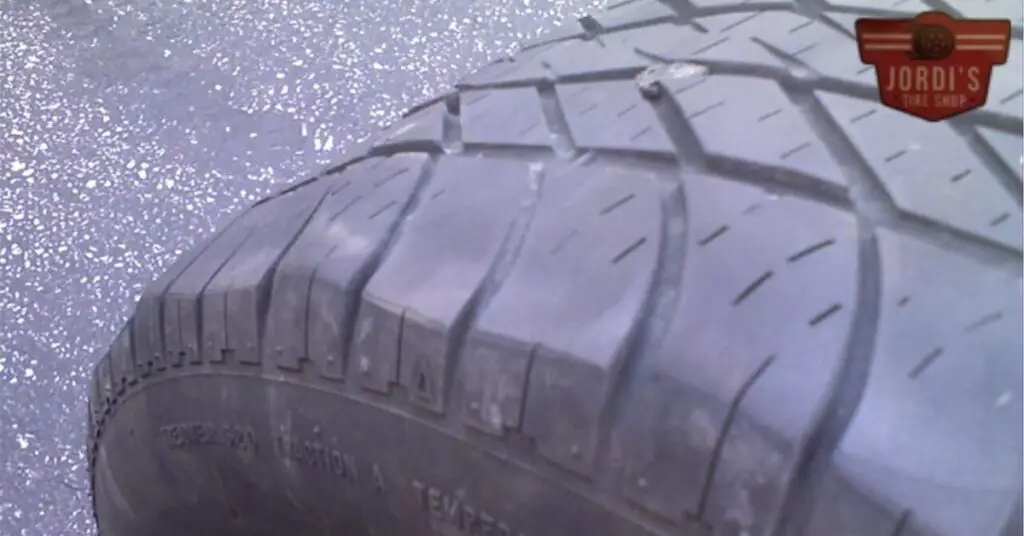
Tire cupping presents several telltale signs that indicate the issue. Understanding these signs helps in early diagnosis and timely repairs.
Visual Indicators
Uneven Wear: Look for scalloped or cupped patterns on the tire tread.
Visible Dips: Check for noticeable depressions or dips along the tire surface.
Tread Depth: Measure tread depth at multiple points to identify irregularities.
Audible Clues
Road Noise: Listen for unusual thumping or rhythmic noise while driving, especially at higher speeds.
Vibrations: Notice if there are vibrations coming from the tires that increase with speed.
Regular Inspection: Frequently inspect your tires for these audible signs to catch cupping early.
Prevention of Tire Cupping
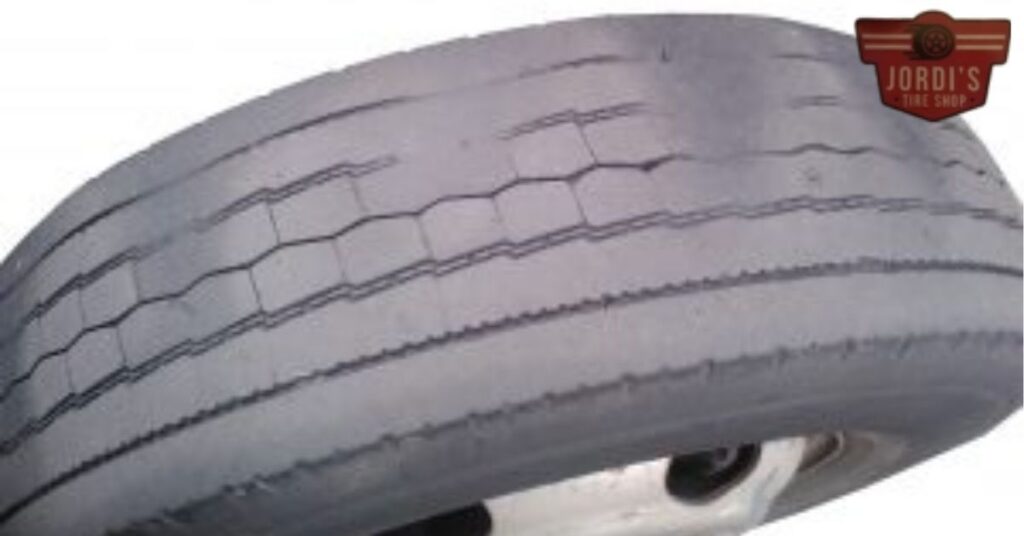
Preventing tire cupping ensures a smoother ride and extends tire life. Follow these preventive measures for optimal results.
Regular Maintenance Tips
Inspect Tire Pressure: Maintain correct tire pressure to ensure even wear and optimal performance.
Rotate Tires: Rotate your tires every 6,000-8,000 miles to promote uniform wear across all tires.
Balance Tires: Have your tires balanced every 6,000-8,000 miles to prevent uneven wear and vibrations.
Align Wheels: Get your wheels aligned whenever you notice steering issues or after replacing suspension parts.
Inspect Suspension: Regularly check your vehicle’s suspension for worn or damaged components to prevent cupping.
Choosing the Right Tires
Select Quality Tires: Choose high-quality tires designed for your vehicle’s specifications and driving conditions.
Match Tires: Use a matching set of tires to ensure uniform wear and performance.
Consider Tread Design: Opt for tires with appropriate tread patterns for your driving environment to enhance traction and reduce wear.
Check Load Ratings: Ensure your tires can handle your vehicle’s weight and load to avoid premature wear.
By adhering to these guidelines, you’ll effectively reduce the risk of tire cupping and maintain your vehicle’s optimal performance.
How to Fix Tire Cupping
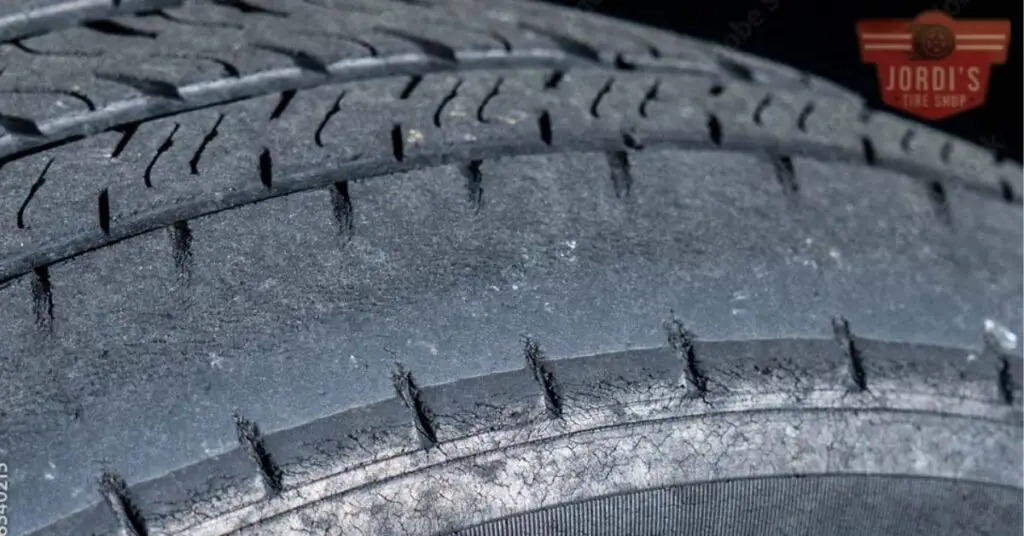
If you’ve identified tire cupping on your vehicle, addressing the issue promptly ensures safety and performance. Understanding both DIY techniques and knowing when to seek professional help is crucial.
DIY Repair Techniques
- Rotate the Tires
Rotate the tires every 5,000-8,000 miles to promote even wear. Check your vehicle’s manual for the recommended rotation pattern. - Check Tire Pressure
Maintain accurate tire pressure according to the manufacturer’s specifications. Use a reliable gauge to check pressure monthly and adjust as needed. - Wheel Balancing
Balance your wheels to prevent uneven wear. DIY kits available for simple static balancing can be a quick fix for imbalanced wheels. - Inspect and Adjust Suspension
Examine the suspension components for wear and damage. Replace worn shocks or struts to ensure they absorb road impact correctly. - Realign Wheels
Use a string-line method to check wheel alignment at home. Simple adjustments can sometimes be made, but professional equipment is more accurate.
When to Seek Professional Help
- Severe Cupping
If the cupping is extensive, replacing the tires and having a professional inspect the vehicle is necessary. Experts can identify and address root causes more effectively. - Suspension Issues
Complex suspension problems or worn bearings require specialized tools and expertise. A professional can ensure all components function correctly. - Persistent Misalignment
Environmental factors, like potholes, may frequently misalign wheels. Regular professional alignments ensure precise corrections.
Understanding when you can undertake repairs yourself and when professional assistance is needed ensures safety and longevity for your vehicle’s tires.
Conclusion
Addressing tire cupping is crucial for maintaining your vehicle’s performance and safety. By understanding the causes and recognizing the signs early, you can take effective preventive measures. Regular maintenance like tire rotation, balancing, and alignment, along with inspecting suspension components, helps prevent tire cupping. DIY techniques can be useful for minor issues, but don’t hesitate to seek professional help for severe or persistent problems. Taking these steps ensures your tires wear evenly, enhancing your driving experience and extending the lifespan of your tires.
Related Posts:
- How Much Does an Alignment Cost at Big O Tires? Your Complete Guide
- How Long Can You Drive on a Plugged Tire? Safety Tips and Expert Advice
- How to Fix Tire Cupping: Easy DIY Steps & Expert Tips to Prevent Uneven Wear
- How to Fix Tire Squeaks When Turning: Causes, Solutions, and Prevention Tips
- Plug vs Patch Tire: Which Flat Tire Repair Method is Best for You?
- What Does Service Tire Monitor System Mean? Comprehensive Guide to STMS & Latest Innovations
- How to Cut Tires in Half Safely for DIY Projects and Gardening
- How to Fix Inner Tire Wear: Key Tips for Alignment, Suspension, and Maintenance
- How Long Does a Patched Tire Last? Tips for Maximizing Tire Lifespan

